PROTECT YOUR DNA WITH QUANTUM TECHNOLOGY
Orgo-Life the new way to the future Advertising by AdpathwayAloes are striking plants, best known for their thick, fleshy leaves that grow in a rosette pattern. Inside these fleshy, succulent leaves is a soothing gel substance that is great for burns and other skin irritations. The leaves are typically a blueish-green color and may have white dots or serrated edges.
The plant we are going to discuss here is not a true aloe, but a relative that used to belong to the Aloe genus. Like Aloe, this evergreen succulent is wonderful for waterwise landscapes, rock gardens, and arid environments. Also, like its namesake relative, it’s a unique and beautiful plant.
Dayton Ocean Recycled Planters

Dayton Ocean Recycled Planters

Rim Modern Self Watering Planter
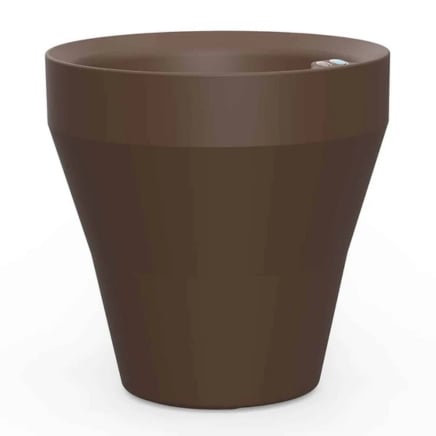
Rim Modern Self Watering Planter
Fan Aloe Overview
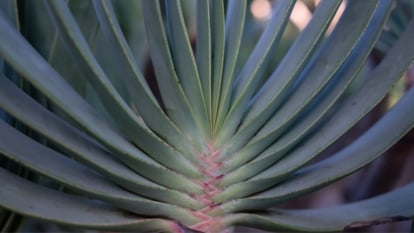
|
Plant Type Evergreen succulent shrub Family Asphodelaceae Genus Kumara Species Plicatilis |
Native Area South Africa Exposure Full sun Height 4’-8’ Watering Requirements Low |
Pests & Diseases Aphids, spider mites, snout beetles, root rot Maintenance Low Soil Type Sandy, gravelly, well-draining Hardiness Zone 9-12 |
What Is It?
Fan aloe is a unique and striking succulent that was once considered a true aloe. In recent years, the name changed from Aloe plicatilis to Kumara plicatilis. It’s often grown for its eye-catching sculptural form. It’s wonderful for warm, dry climate gardens, and grows well in a container in cooler climates.
Characteristics
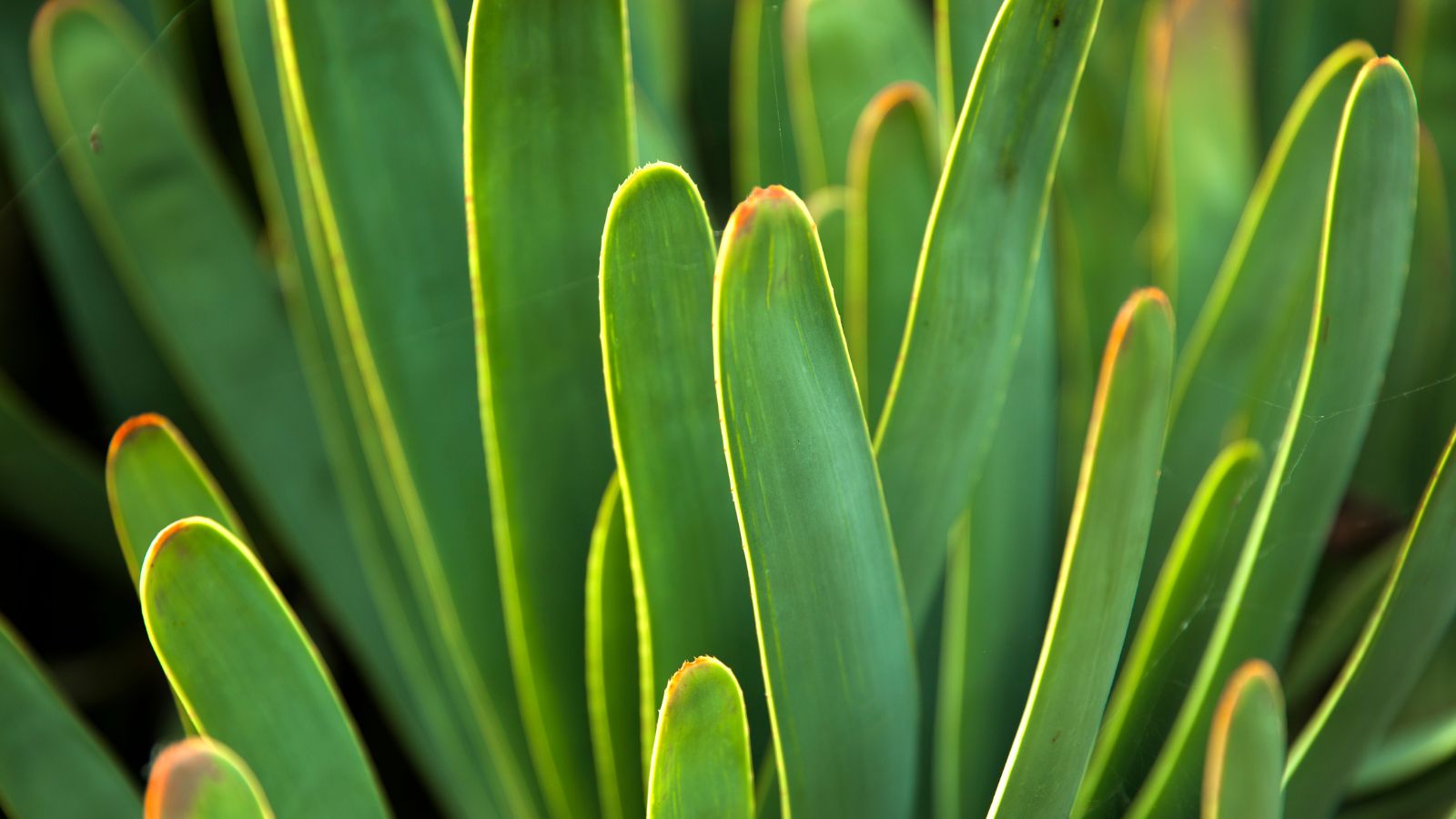 This succulent is not a true aloe but looks similar to one.
This succulent is not a true aloe but looks similar to one. Fan aloe is a visually striking plant that looks like aloe. But rather than the succulent leaves growing in a rosette, they grow in a unique fan shape. They’re strap-shaped with rounded tips that often blush with intense sun exposure. This red stands out beautifully against the pale green foliage with a blue sheen.
This is a slow-growing, woody shrub or small tree that matures to between six and ten feet tall. The trunk is often branched and covered in grayish brown bark. As it matures, it takes on a bonsai-like appearance.
In late winter to early spring, fan aloe produces tall flower stems. They’re topped with spikes of bright orange to red, tubular flowers. These are attractive to pollinators, and particularly to sunbirds in their native range.
Native Area
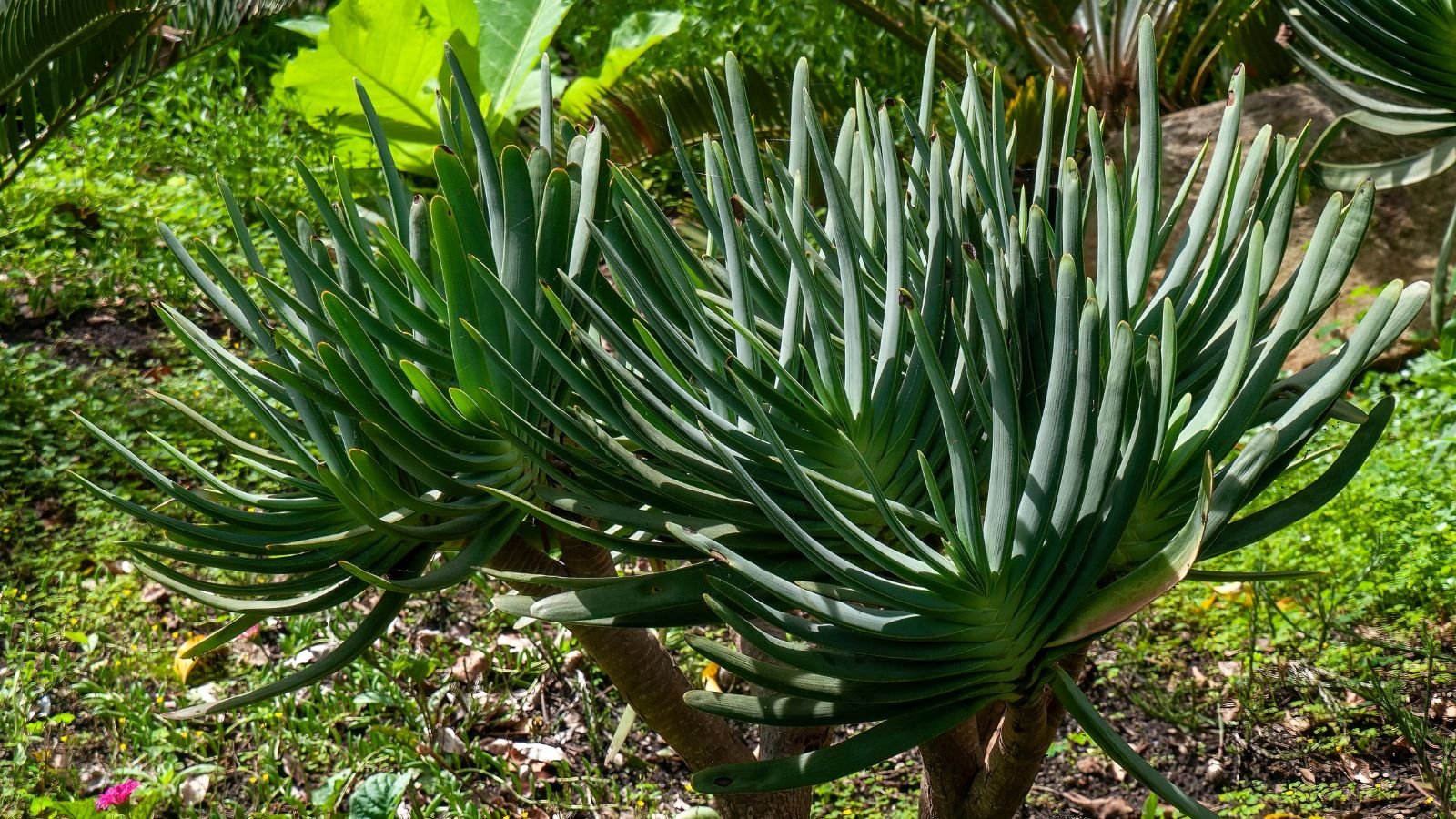 Fan aloes are native to Southern Africa.
Fan aloes are native to Southern Africa. Fan aloe is native to the Western Cape Province of South Africa. It grows in rocky, mountainous areas, particularly on north-facing slopes. This region has a climate similar to the Mediterranean region. It experiences cool, wet winters and hot, dry summers. It often grows at higher elevations among other succulents and shrubs.

Planting
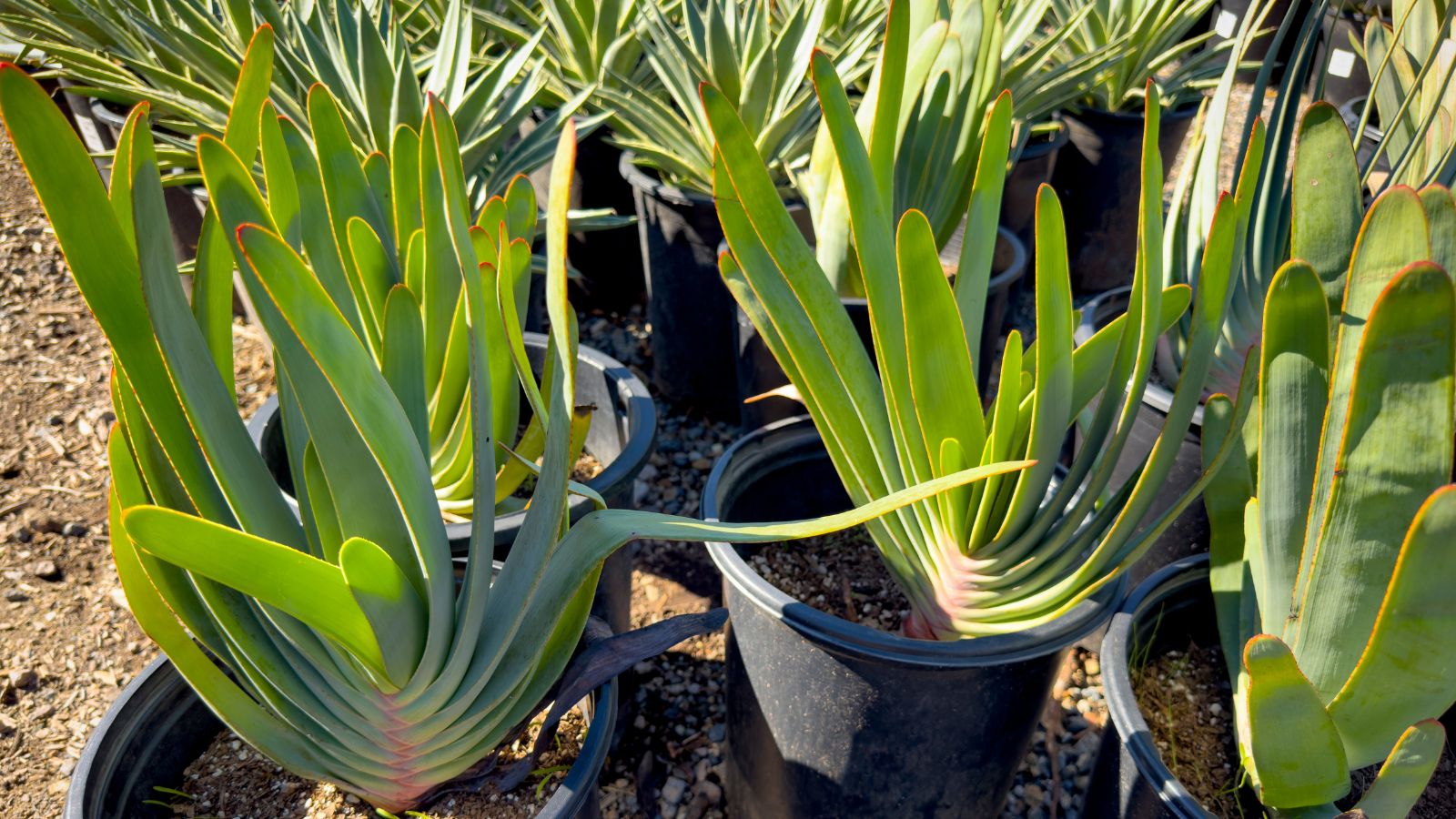 These shrubs appreciate full sun and well-draining soil.
These shrubs appreciate full sun and well-draining soil. You should give some thought and careful planning to where you place your fan aloe. It’s a long-lived, slow-growing plant that becomes quite heavy as it ages. Basically, plant it in a spot where you will want to keep it. Moving it will be difficult.
Plant your fan aloe in spring or fall when the weather is mild. This is when it will be easiest for the plant to establish roots without the stress of extreme temperatures. Warmer soil encourages fast root development. But if you plant in the fall, make sure to leave plenty of time before you anticipate cold weather.
Transplanting
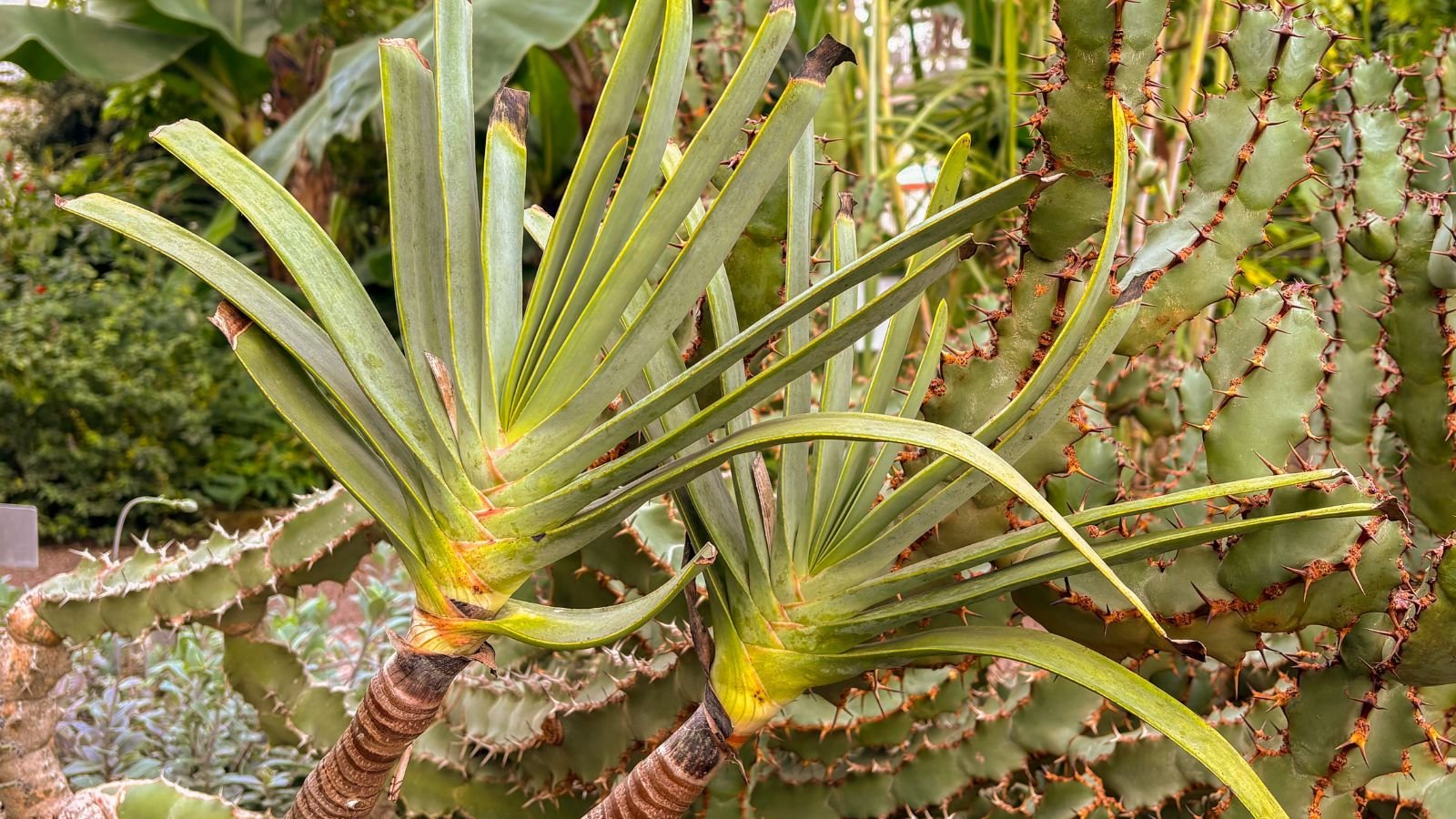 When transplanting, avoid root disturbance as much as possible.
When transplanting, avoid root disturbance as much as possible. Use care when transplanting your fan aloe. The woody stem and sensitive roots can be somewhat delicate. Your goal is to avoid root disturbance as much as possible. Choose a day with mild weather to avoid transplant shock.
Before you move your plant, make sure to amend the soil if need be. Prepare a hole that is as deep and twice the width of your root ball. Ensure that the area has excellent drainage to avoid root rot.
Water your plant lightly the day before transplanting to help loosen the root ball. Don’t allow the soil to become soggy, as this makes it more difficult to deal with.
Use a garden fork or spade to gently loosen around the base of the container. Lift the root ball gently, taking care to keep it as intact as possible. Support the stems while moving the plant from one place to another.
Set the plant in the hole with the top of the root ball at the original soil level. Don’t sink it down or bury the stem. Backfill gently and firm the soil around the roots without compacting it.
Don’t water your fan aloe immediately after planting. You want to allow any damaged roots to form a callous and heal over. After four or five days, water it lightly. Allow the soil to dry between subsequent waterings.
Growing from Seed
You can grow fan aloe from seeds, but it is a slow and painstaking process. It also takes many years for this plant to develop into a recognizable specimen. For this reason, seeds are neither a common nor an effective way to propagate.
How to Grow
Once established, fan aloe is low-maintenance and easy to care for. It is the transplanting process that needs special care. In the weeks after planting, it’s essential to water it correctly for proper root development.
Light
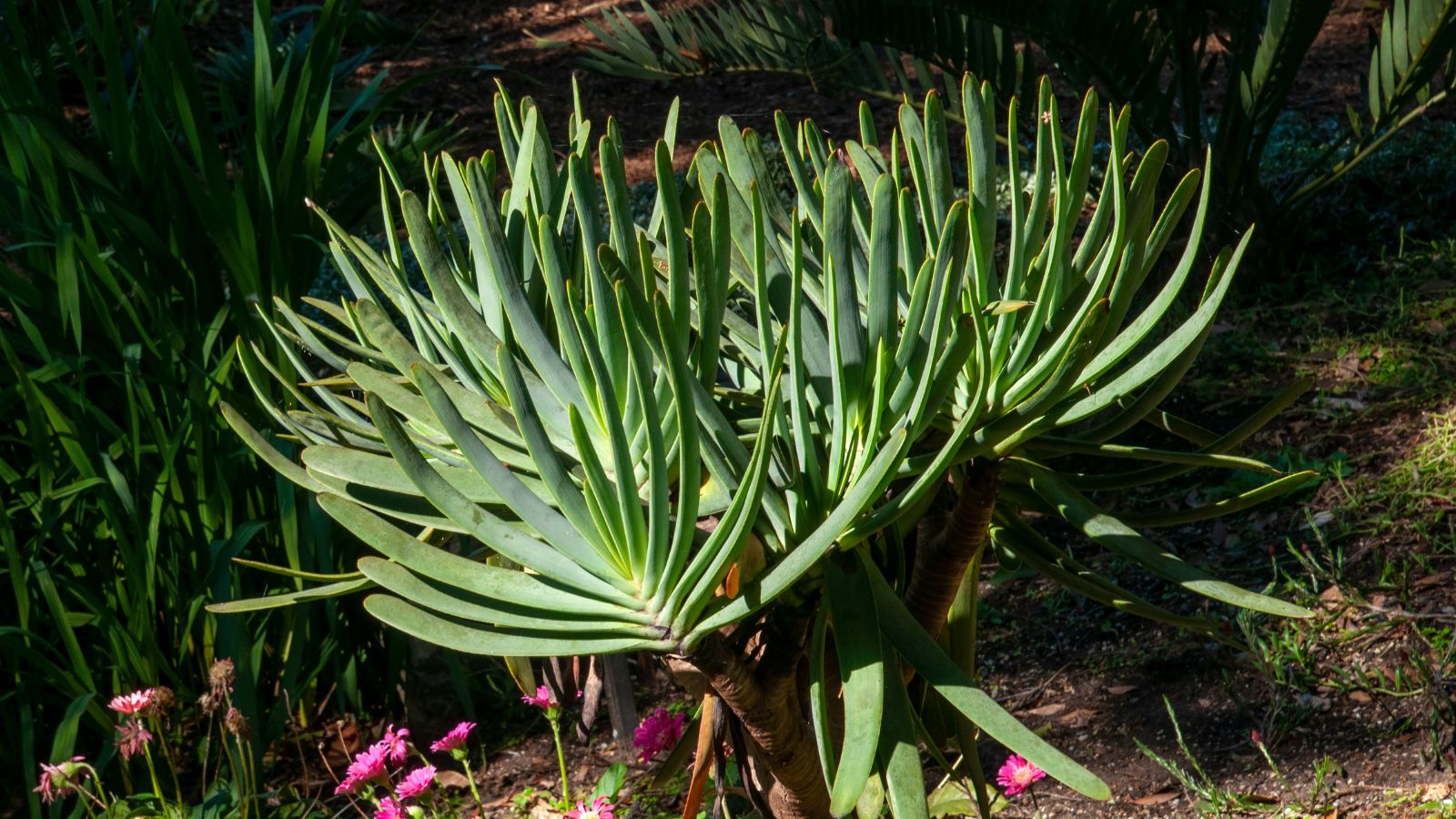 Full sun is generally best for these succulents.
Full sun is generally best for these succulents. Although it will survive in bright indirect light, fan aloe prefers full sun exposure. In the cooler areas of its range, this is particularly true. In very hot or arid regions, a bit of shade in the afternoon will help to prevent leaf scorch.
Water
 Ensure you don’t overwater to prevent root rot.
Ensure you don’t overwater to prevent root rot. Watering is an important factor in the health and overall success of your plant. This is a drought-tolerant plant that has sensitive roots. Root rot is the most common killer of fan aloe. If you’re growing in a container, it’s important to water sparingly over the cooler months.
The general rule for watering is deep but infrequent. Once established, only water when the top few inches of soil are dry. Then water thoroughly. For potted plants, allow the water to run out the bottom of the container.
Soil
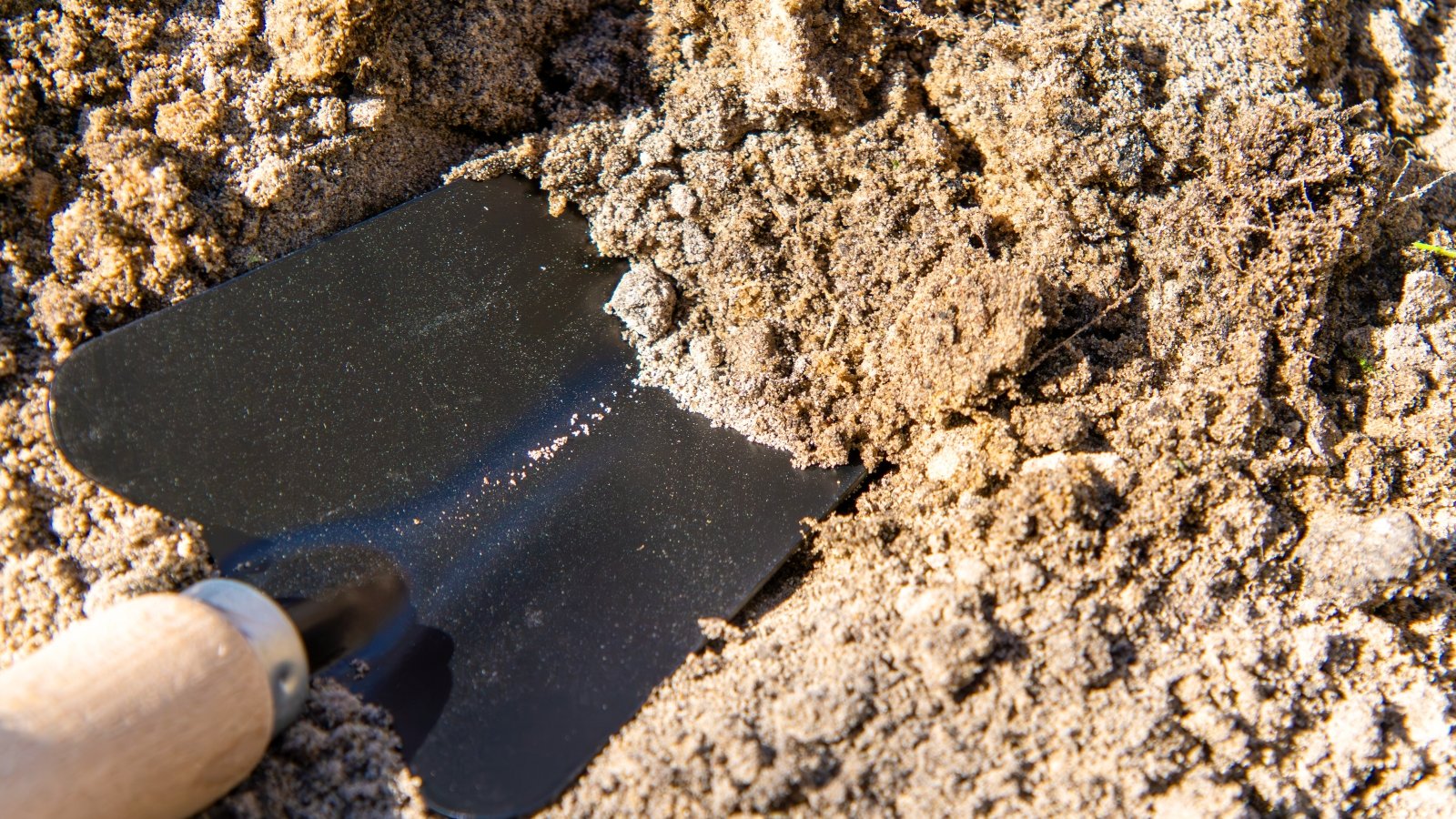 Choose sandy soil that drains quickly.
Choose sandy soil that drains quickly. Well-drained, gritty soil is ideal for fan aloe. It should be similar to the native soil of its South African habitat. Rocky, mineral-rich, and slightly acidic soil will provide this plant with precisely what it needs. If you have clay soil, this plant is unlikely to thrive.
If your soil is rich and loamy, consider amending it with a healthy amount of sand, perlite, pumice, or crushed rock. The most important factor is drainage, as poor drainage nearly always results in root rot.
Temperature and Humidity
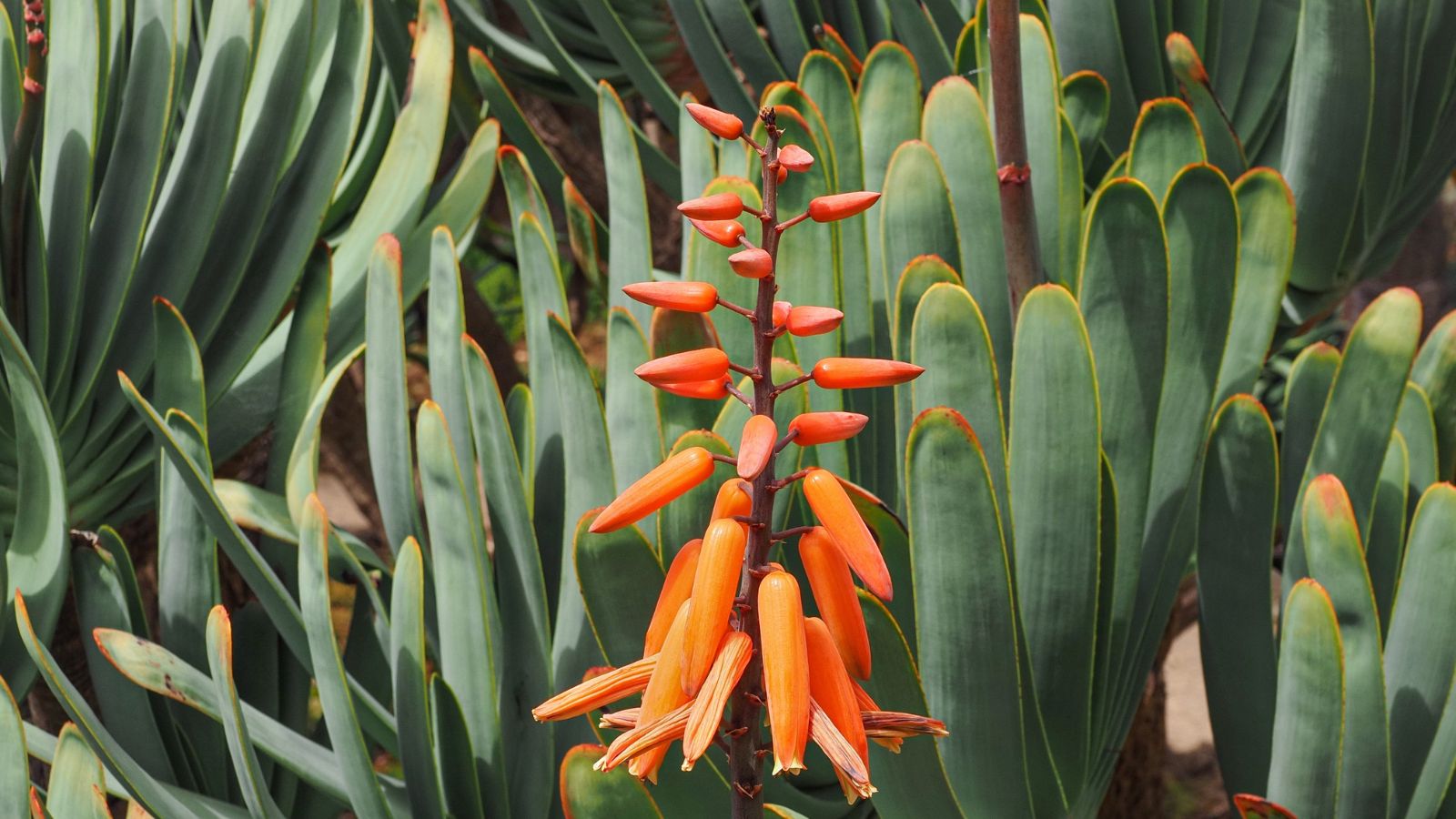 They prefer conditions similar to Mediterranean climates.
They prefer conditions similar to Mediterranean climates. The ideal temperature range for fan aloe is between 50 and 85°F (10-29°C). It prefers mild summers, but can tolerate occasional heat spells if it has a bit of shade in the afternoon.
It is mildly frost-tolerant, like other similar plants, but can only handle brief dips. Short periods in weather as cold as 25°F (-4°C) are fine once it’s mature, but more than that will cause damage.
Fan aloe prefers drier climates like the Mediterranean region and its native range. Relative humidity of 50% or below is preferable. In humid climates, leave plenty of space for ventilation. Pool airflow and high humidity can cause fungal issues.
Fertilizing
 Avoid using too much fertilizer as they prefer poor soils.
Avoid using too much fertilizer as they prefer poor soils. When it comes to fertilizer, this plant has modest nutritional needs. It’s adapted to poor soil, and too much fertilizer is detrimental. Avoid high nitrogen fertilizers, which can cause weak and leggy growth. A succulent fertilizer used once or twice a year during active growth is plenty.
Maintenance
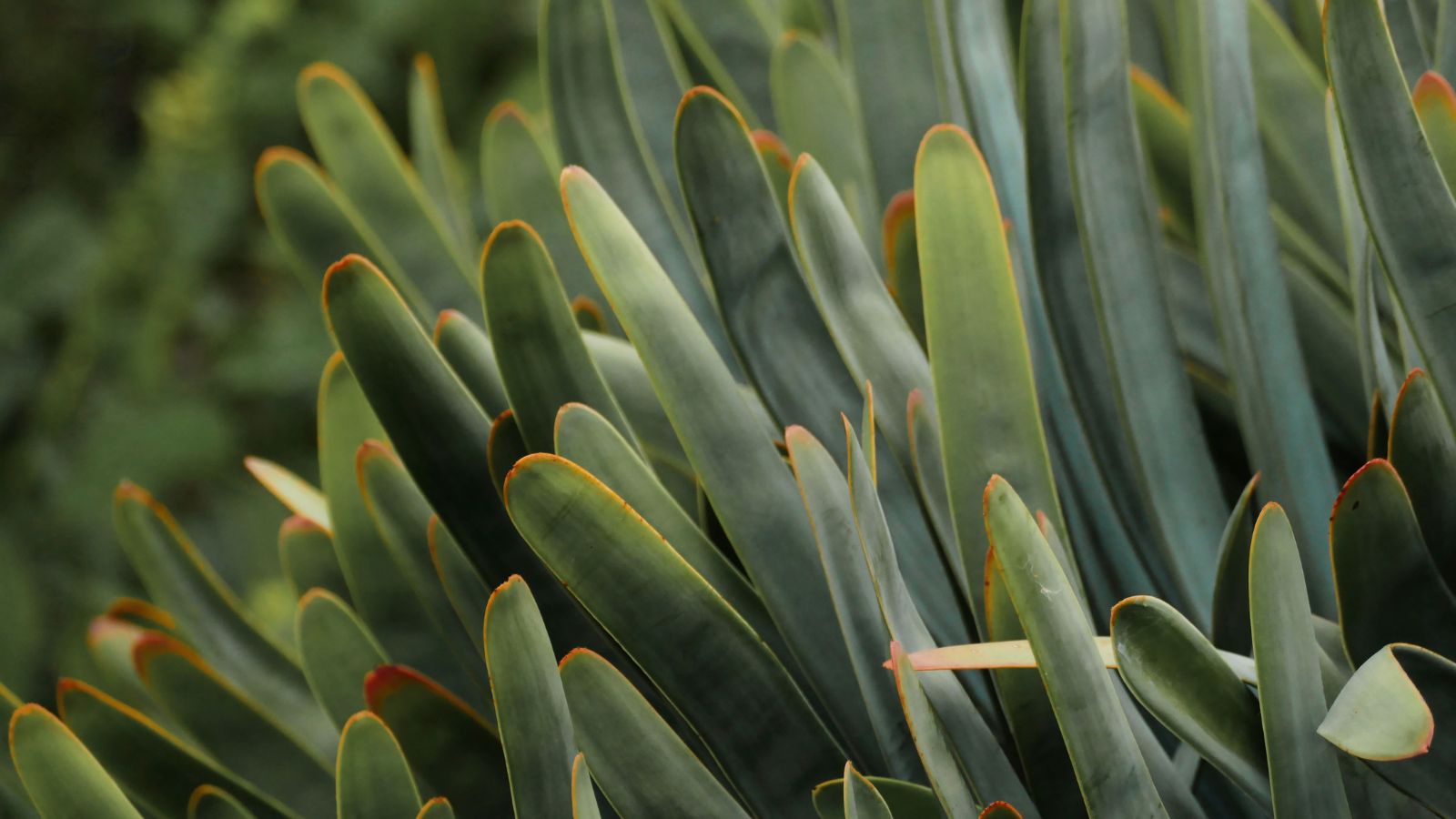 These low-maintenance plants don’t need much attention.
These low-maintenance plants don’t need much attention.Once established, there is little to do to maintain fan aloe plants. They do not require regular pruning. As the leaves age and dry out, they will form a skirt around the base. If you prefer a cleaner look, simply remove these along with any spent flower stalks.
Propagation
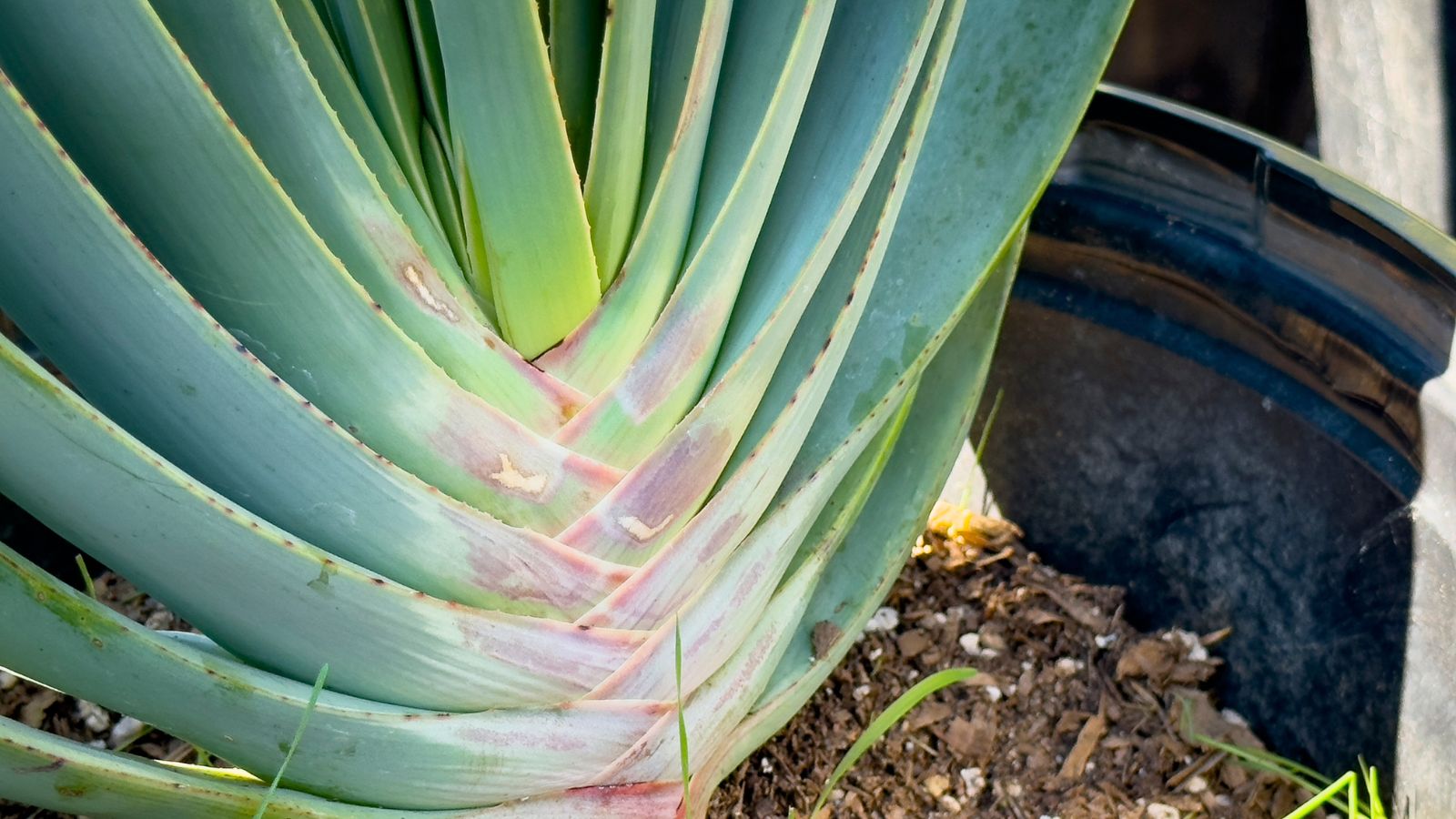 Wait until your plant is mature before propagating.
Wait until your plant is mature before propagating. This is not an easy plant to propagate, and it rarely produces offsets. We discussed the difficulty in propagating from seeds, and the alternative is from cuttings. This is also challenging, but if you enjoy a challenge, there is no reason not to try.
Do not try to propagate young plants, as they take a long time to mature. If you have a mature fan aloe to work with, you can make it happen.
- Choose a healthy stem with several leaves and a clean base.
- Use a clean, sharp blade to cut the branch. Make as clean a cut as possible and allow it to dry or callus for two to three weeks.
- Once callused, plant the stem in well-draining potting mix and do not water.
- After one to two weeks, begin watering lightly every few days to help root formation.
Rooting is slow for these succulents, and cuttings can be unpredictable. Make sure to support your cutting as the heavy leaves can topple it, disturbing the roots.
Common Problems
Fan aloe doesn’t have a great number of threats to its health, but there are a few. In the ideal environment, you’ll find few issues with this plant.
Pests
 Small sap-sucking pests damage the foliage.
Small sap-sucking pests damage the foliage.Aphids can be an issue, as they can be for most plants. They will find their way into the spaces between the leaves where the tissue is softer and easier to pierce. Here they are difficult to see and therefore diagnose.
You may see a general decline in the leaves. Wiping them off with an alcohol soaked cotton ball is typically effective. Neem can be damaging to succulent leaves, so test it before using it on your fan aloe.
Spider mites are occasionally an issue in warm, dry climates. They are difficult to detect, but manifest in stippling of the leaves and general decline. Look at leave joints for their fine webbing. Neem oil can be effective at managing these.
Aloe snout weevils are the most serious pest issue, as they chew on the base of the leaves and stems. Their larvae, however, are the greatest issue. These bore into the stems and trunks and remain unseen. By the time you discover them, the damage is often done.
If you discover these pests, remove the affected plant parts and burn them or dispose of them away from other plants. Do not compost them. Systemic insecticides may be necessary.
Diseases
 Root rot is the most common problem to watch out for.
Root rot is the most common problem to watch out for. Fungal diseases are the biggest issue for fan aloe, and truly, root rot is the most prevalent. This is a tough plant once established. It needs proper air circulation, and in its absence, fungal diseases may affect the foliage. However, it’s uncommon.
The reason that drainage is imperative is the sensitive roots. With persistent overwatering, the roots break down, depriving the rest of the plant of water and nutrients. Proper drainage is the most useful deterrent to this issue.
Frequently Asked Questions
This plant pairs well with other succulents and plants that are well adapted to dry conditions and poor soil.
No, fan aloe is toxic to pets and can cause gastrointestinal upset and tremors in larger amounts.
If you live north of Zone 9, grow this plant in a container and move it indoors for the winter. It is not frost tolerant.


 16 hours ago
4
16 hours ago
4
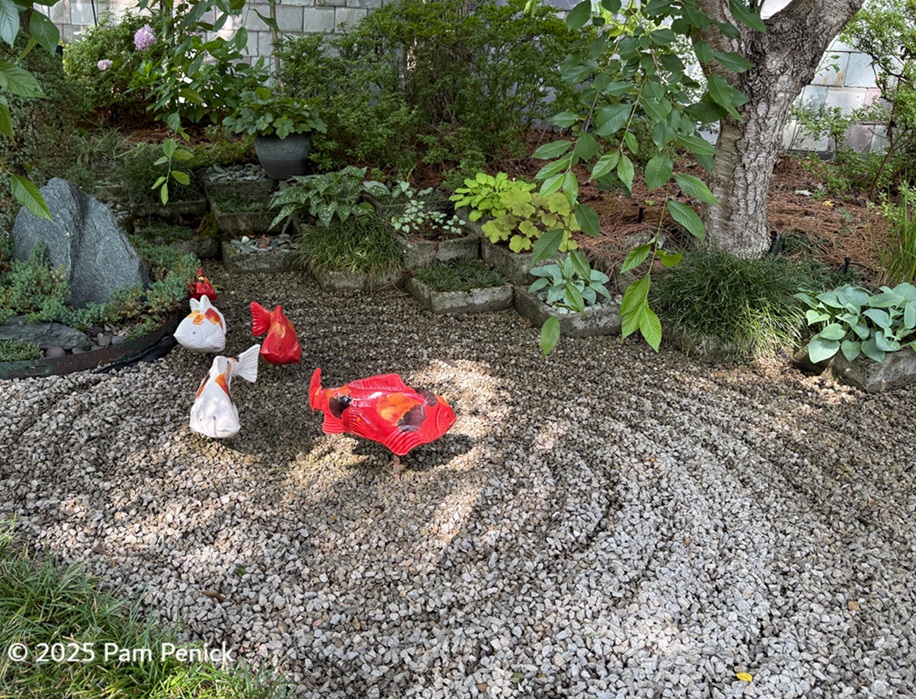




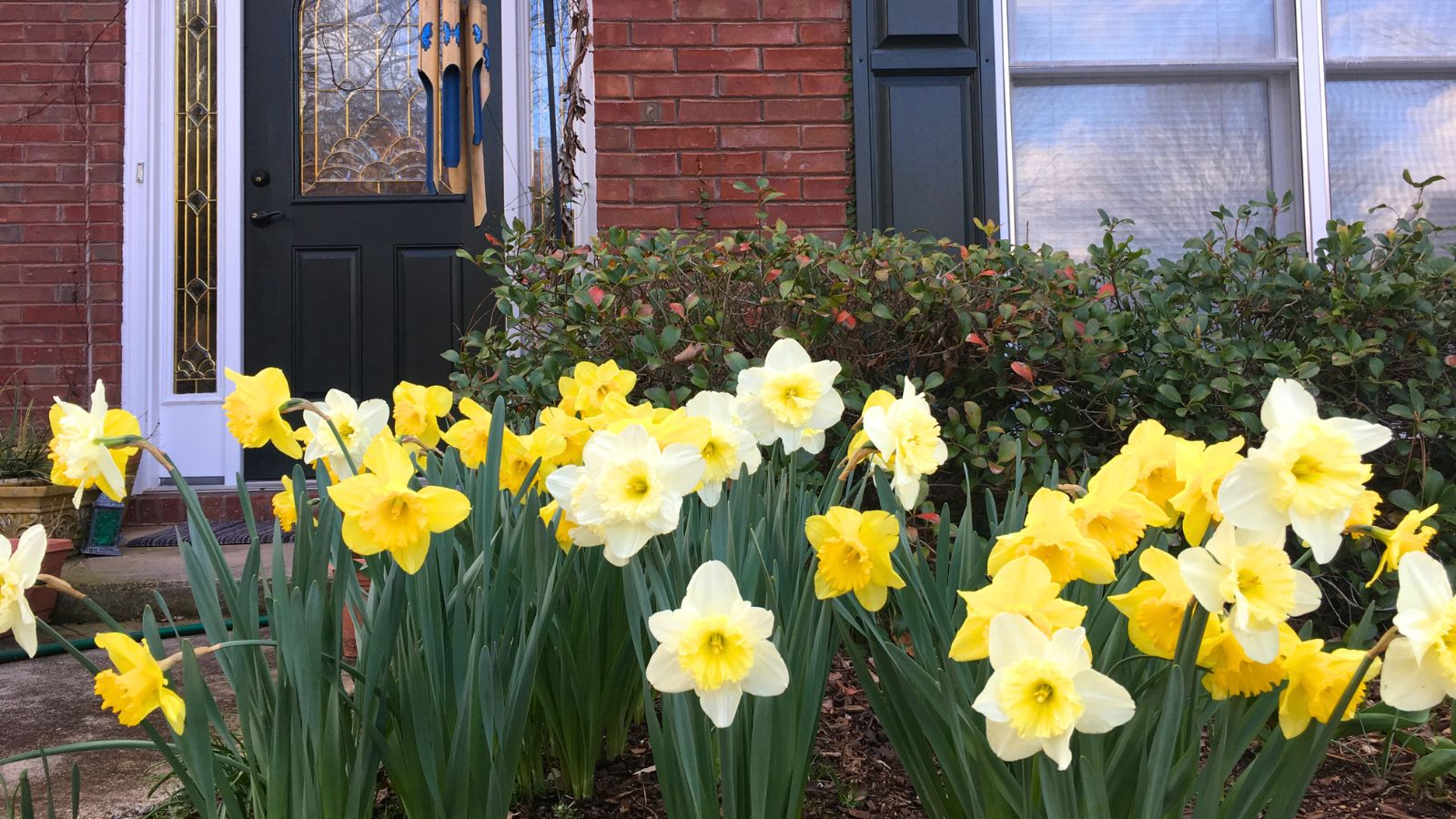















 English (US) ·
English (US) ·  French (CA) ·
French (CA) ·